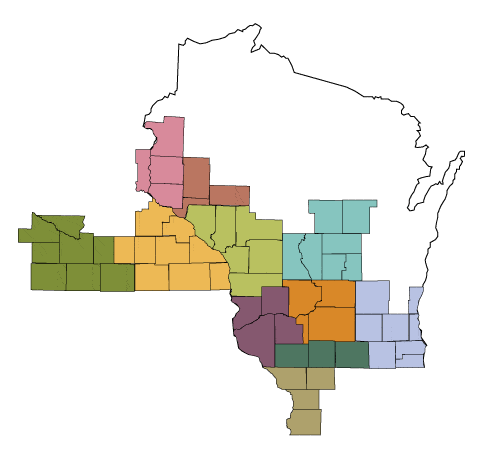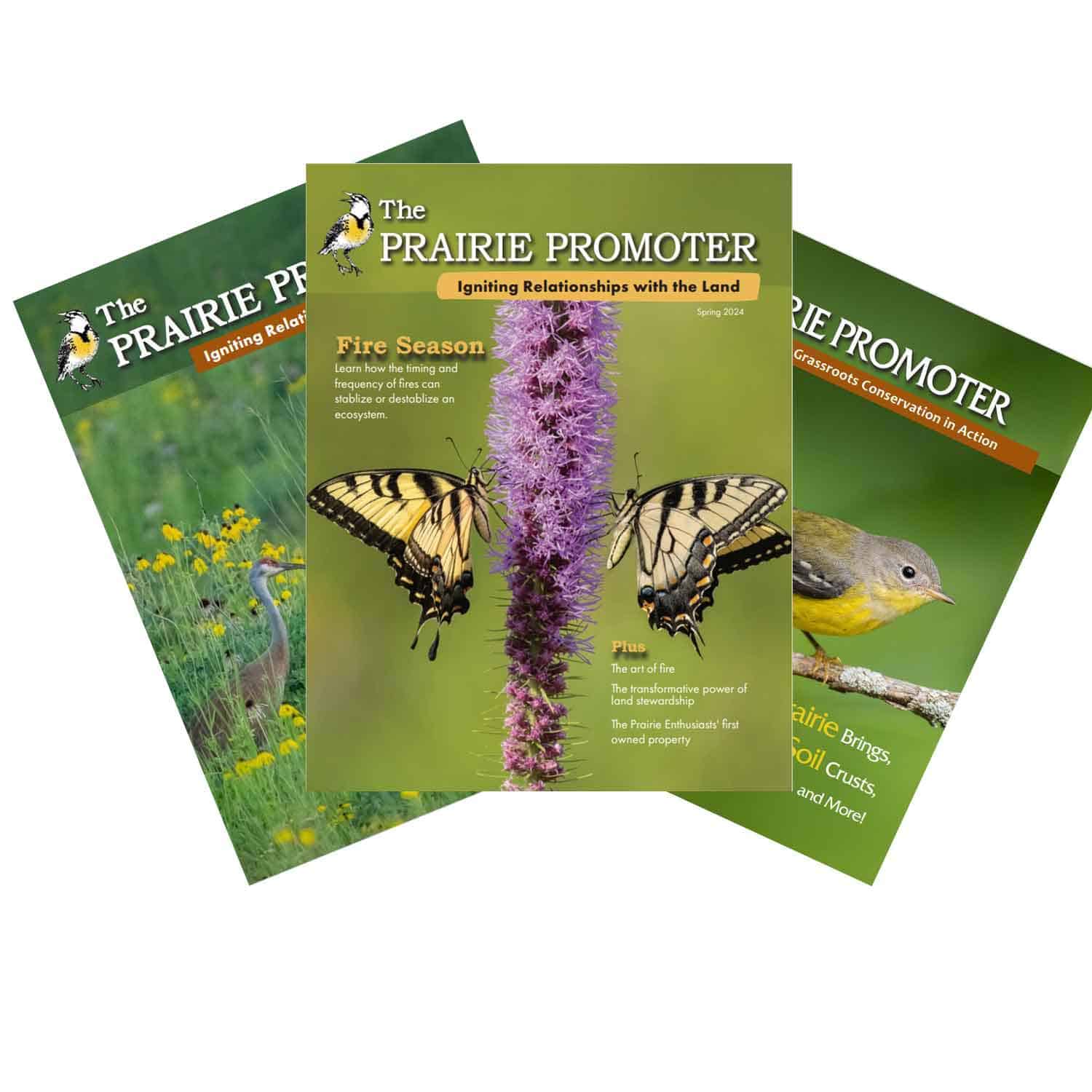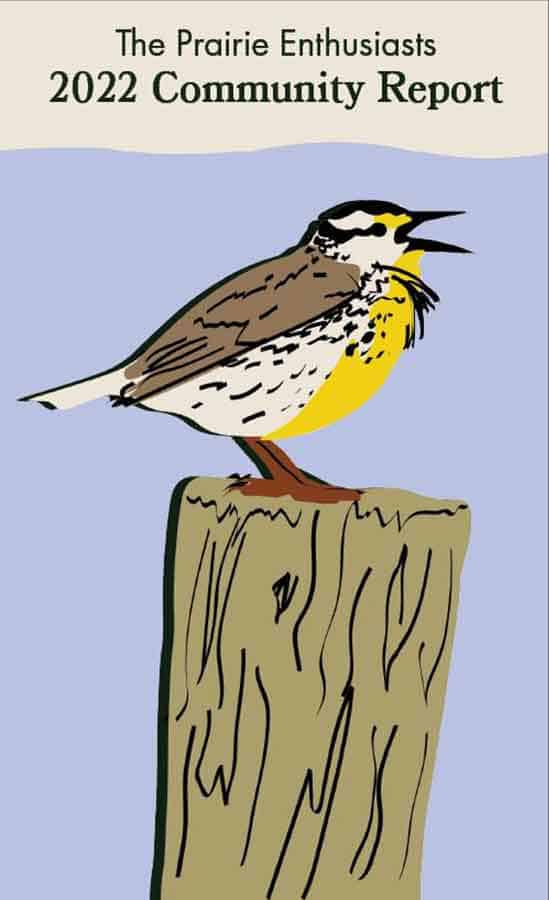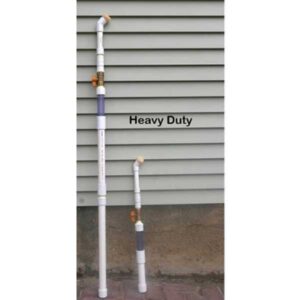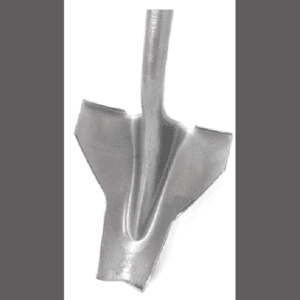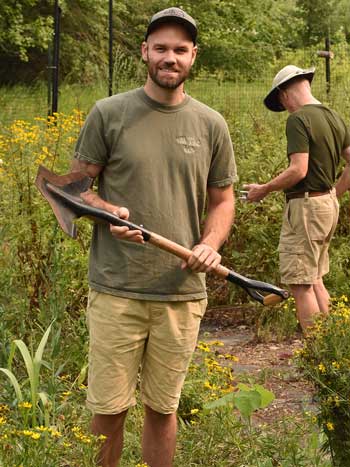Who We AreSylvie Rising Operations Assistant...
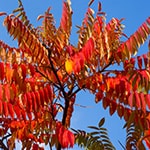
Controlling clonal tree species by double-cutting
Controlling Clonal Tree Species By Double-Cutting
By Jim Rogala
Continuing on the theme of herbicide-free control methods, I’ll talk about my experience with double-cutting. Again we look to the anatomy and physiology of the species to be controlled to understand how this works [for those of you that know why double cutting works, or don’t care why it works, you can skip the next three paragraphs]. Clonal species form what looks like many plants when in fact it is a single plant with many stems. These clusters of stems often have larger older stems toward the center and smaller younger stems on the perimeter. No matter what the control method you use (mechanical or chemical), all stems of the clone need to be treated. Cutting off the stems in the winter results in the formation of new stems from adventitious nodes the next spring. Where there were tens (or hundreds) of stems prior to cutting, you might have hundreds (or thousands) after a winter cutting.
When to Cut
Cutting any plant when most of the energy stored in the roots has been translocated to above ground plant parts is advantageous. For most trees, this translocation occurs throughout the spring and early summer when it is building structures to 1) produce new energy, 2) to add to its size, and 3) for reproduction (leaves, trunk/branches, and flowers/fruit, respectively). After this annual use of energy from the roots is done, the tree begins translocating energy back to the roots at higher percentage. So, to deliver maximum hurt to the tree, cutting before energy starts going back to the roots is a good strategy. This maximum damage also minimizes prolific sprouting from adventitious nodes.
Even with a well-timed cutting, a tree still has enough energy in the roots to produce more above ground structure to assure it lives on. Here’s where the double-cutting comes in. After the first cutting, the tree needs to again use the remaining energy in the roots to build all new structures for the purpose of gaining energy (reproduction is put on hold under these stressful times). Similar to the first cutting, this second cutting is timed to coincide with maximum translocation of energy from the roots, but again not waiting past the period where a lot of energy is translocated to the roots.
I read about doubled-cutting years ago and have used it quite a bit. I generally follow the July 1 and August 1 timing for cutting but have varied it a little depending on growth in a given year (e.g., first cutting for sumac is usually after flowering). I’ve done the “cutting” with a variety of methods. I’ve used a mower if clones are large, where mowing is feasible, and the clone is not in a high-quality prairie. The point related to high quality prairie is that multiple years of repeated mowing can have negative effects on some desired species. I’ve found mowing to not be as effective, as it reduces shading of resprouts because everything gets cut. I’ve used a handheld brushcutter in native prairie areas, cutting each stem individually. It’s not as quick as mowing, but less damaging to other prairie species and better than using hand loppers to cut each stem. Loppers are effective for small clones. I’ve found that with sumac, you can actually snap off the stems in many cases (but be prepared to have the juices stain anything it gets on). Depending on the size of the stems, a Parsnip Predator can be used to cut the stems.
Where to Cut
Another variable to consider is the height of the cut. I’ve varied this as well, from ground level to 2-3 foot high. Cutting to ground level results in fleshy resprouts that can easily be second-cut with a Parsnip Predator. The really high cut was done to encourage resprouting only on the stem and to test if you get less new stems from the roots. This method allowed a second cut of a single stem, rather than the cluster of resprouts that come from the base. With this method, I found that the stem sprouts can sometimes just be snapped or stripped off, especially with sumac. The disadvantages are that some of the energy in the stem is retained, and the resprouts are not shaded by other vegetation. The method seemed to work as well as cutting lower on the stem in areas of sparser vegetation.
But Does it Work?
How effective is double-cutting on clonal species? I use it only on aspen and sumac; it’s been found to be ineffective on black locust. Because these two species are native, I’m not really all that concerned with eradication. However, I have eradicated many clones using double-cutting (with no herbicide), but most of those required several years of double-cutting. In one case, a single double-cutting killed a sumac clone. This was an older clone, so include that as one of the variables that might contribute to success when using double-cutting.
You might consider herbicides if you want more certainty in eradication. However, as Tom Brock pointed out in his management work (read here), even with herbicide it is a multi-year effort. For myself, I like the opportunity to control a native invading species without the use of chemicals. However, for the double-cutting to be effective, you must be timing the cuttings correctly, be cutting all of the stems in the clone, and continue the process as long as needed.
Read about other non-herbicide management techniques like using a Parsnip Predator, or girdling.
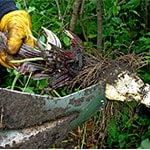
Controlling biennial invasives without herbicide using a Parsnip Predator
Controlling Biennial
Invasives Without Herbicide
Using A Parsnip Predator
By Jim Rogala

My recent blog post on girdling got me thinking about other herbicide-free invasive species control methods. For biennials, there are three common mechanical control methods: mowing, pulling, and cutting below the root crown. Mowing is favored for large infestations because of the daunting task of methods used on individual plants. Pulling or root severing is feasible on small infestations. For some biennials, such as sweet clover, pulling works if conditions are right. However, there are some species where pulling is not that effective, and in those cases, root severing is a better method. In this post, I’ll discuss using root severing as a method to control biennials.
How it Works
As with girdling, the control of biennials also takes advantage of the plant’s anatomy and physiology to kill plants without using herbicides. In this case, we take advantage of the inability of many biennials to re-sprout if cut at some depth below ground level. These plants typically have taproots with all the adventitious buds (the source of re-sprouting) near the soil surface, thus allowing all the buds to be removed with below-ground cutting. Technically, many of these can live more than two years (they live until they flower), but without resprouts they are dead. Typically, cutting 2” or more below the root crown will suffice, but in some cases, I’ve found it successful at even less than 2”. There are many factors that affect resprouting, such as growth stage, nutrient storage, and other simultaneous stressors (e.g., shading), so keep these in mind as you decide how deep you need to go.
How to Cut the Crown
So, how does someone efficiently cut a root under the ground? The Parsnip Predator is a modified shovel that was designed specifically for this purpose by The Prairie Enthusiasts Prairie Bluff Chapter. Though obviously designed for wild parsnip, I’ve used it on other biennials such as sweet clover, burdock, and biennial thistles. I also find it handy to use on some annuals to minimize seed production, and for some perennials to set them back. I even use it for above ground severing of young tree sprouts when I’m double-cutting species such as aspen and sumac. I actually seldom use it as one would typically use a shovel, but rather just thrust the blade into the ground at an angle through the root of biennials or through the stems of perennials (and tree resprouts).
There are some advantages of root severing as opposed to other mechanical methods. As opposed to mowing, the severing allows the surrounding vegetation to stay intact, therefore not only leaving desirable species unharmed but providing shading of the potential resprouting biennial. Even though the repeated thrusting of the shovel is hard on the body, I find it less abusive than the constant bending over to pull biennials. And when it comes to parsnip, I like the idea of not having to grab a plant that has harmful juices in it! It can also be done under most soil moisture conditions, whereas pulling works best in moist soils.
The next time you need to address problems with biennials, consider using root severing to your potential management approaches and add a Parsnip Predator (or two!) to your toolshed.
